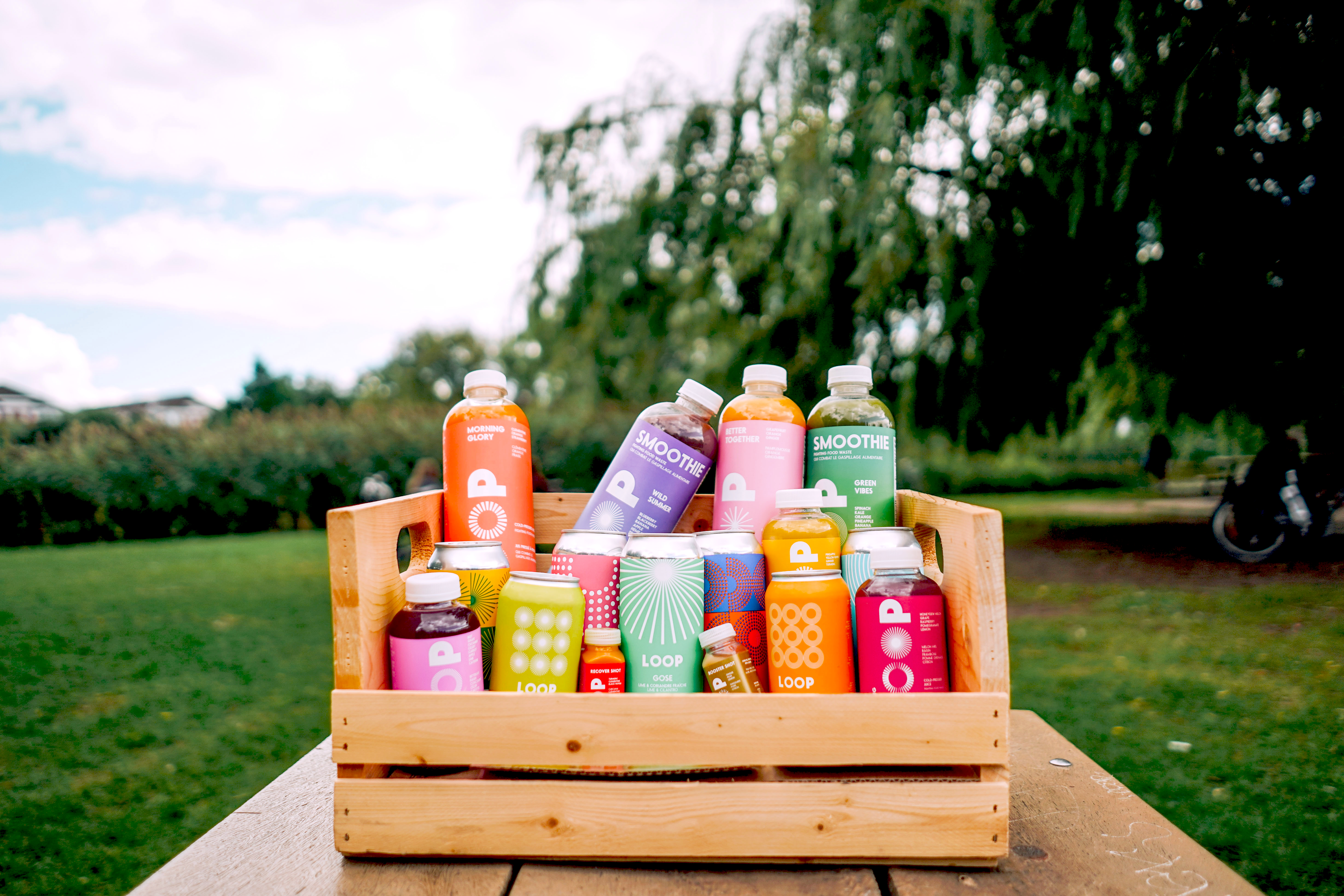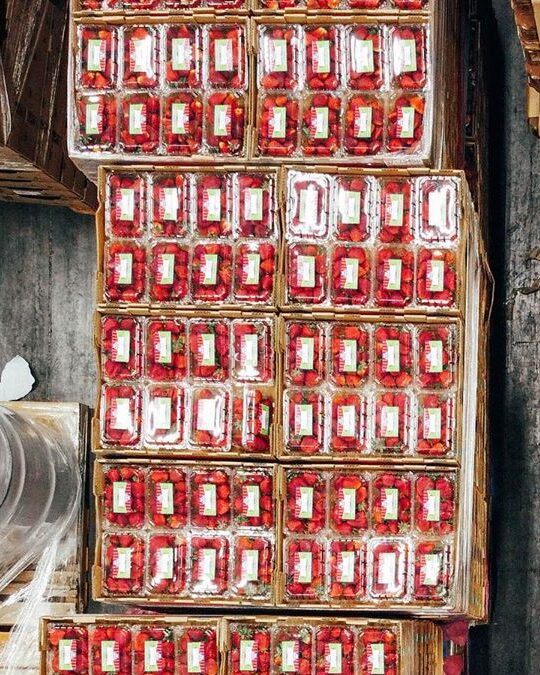Fighting food waste at its core

When we heard that one of the largest produce-distributing facilities in Canada was throwing away 16 tons of fruits and vegetables per day, Julie and I sold everything we had to embark on a mission… to not only save discarded produce but to try and change how waste is managed in the food industry. While we are so proud of our accomplishments at LOOP, countless opportunities remain in the fight against food waste and in educating industry, our government and the public about the problem.
We’re not selling a specific product, we’re selling a mission- and if we stopped making juice tomorrow, our project would keep going. We became the stewards of something bigger than us.
Loop founders

Most companies look at trends, crafting flavour profiles that are in tune with their target audience when creating a product. We thought, why not do it the other way around? Let’s start with a problem and work from there. Now, when a business calls us with a food-waste dilemma, we start at the source and create opportunities from there to develop products that can breathe new life into these previously discarded items.

Fruits and vegetables get thrown away by stores because they don’t have a long enough shelf life to survive the distribution cycle. Perfectly ripe strawberries or the juiciest, most sweet oranges will get discarded because the industry overestimated, or retailers wanted to stock up on underripe products to sell them longer. This oversupply will end up as compost, or even going to a landfill and while they may not be perfect for one business, they are perfect for us – because it means that produce can be used rather than discarded. This process is known as a circular economy.
When we pay a visit to the collaborator’s distribution warehouse to find out what food items are available, from there, the challenges begin. We have to create forecasts, depending on the recipes, to understand how much produce we’re going to use since our business model is based on overstock. If we surpass the amount of produce, we have access to, our margin structure doesn’t work anymore. This is the reason why we make so many different products, to ensure we don’t exceed our supply of available ingredients.
As a company, we have to listen to the market and what’s available out there. We’re not selling a specific product, we’re selling a mission – and if we stopped making juice tomorrow, our project would keep going. We became the stewards of something bigger than us.
People don’t realize that more than a third of food produced worldwide is wasted, which accounts for 8% of total global greenhouse gas emissions. Food waste alone generates four times as much greenhouse gas emissions annually as global aviation. We are proud to say that since we started LOOP Mission, we have rescued 6,872 tons of fruits and veggies, 446 million litres of water, 1 million slices of bread and avoided the emissions of 5,483 tons of GHGs
In the future, what we are hoping to see are banks and investment funds starting to look at sustainable companies as highly profitable for society. Mission-driven companies are maybe less profitable than a conventional business with a linear model but they do in fact become more profitable than most in the long run. We have to adjust the methods with which we are evaluating them. We need to find a way for investment funds to consider and have specially tailored trackers for sustainable companies to make sure they are not overlooked or considered high risk. If circular economies become more desirable for investors or investment opportunities, there would be more of them and more of them would continue to grow.

















